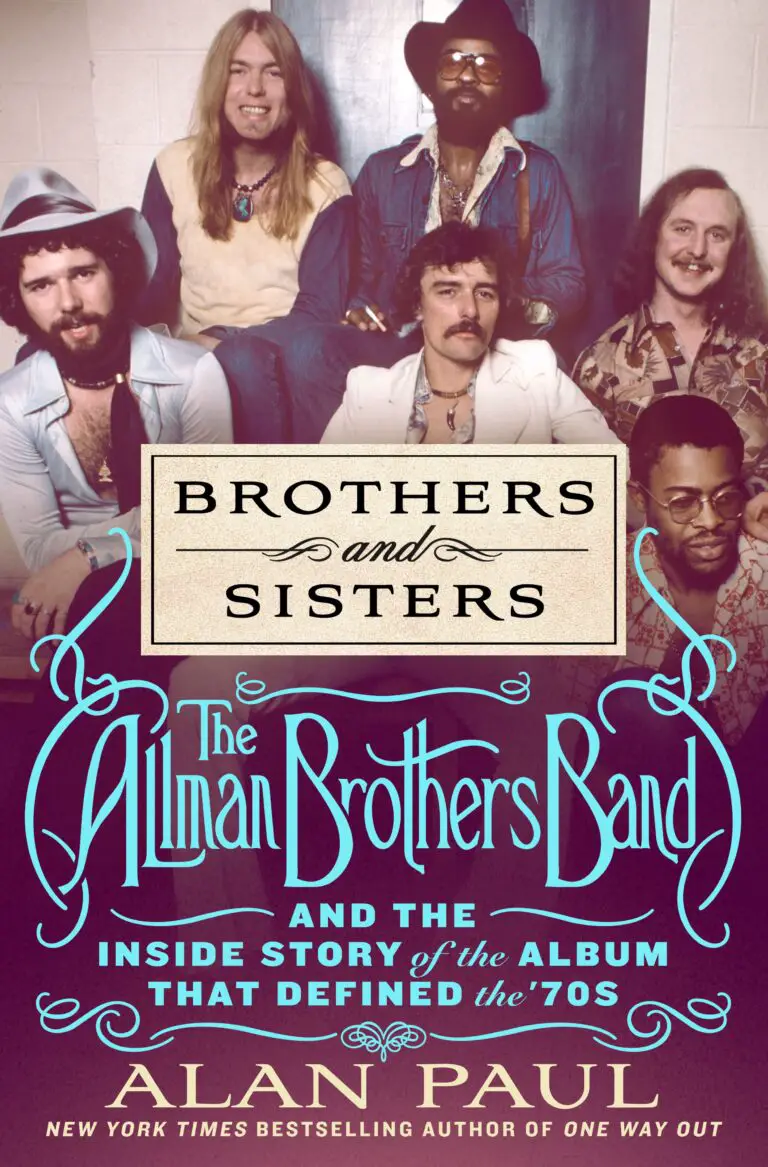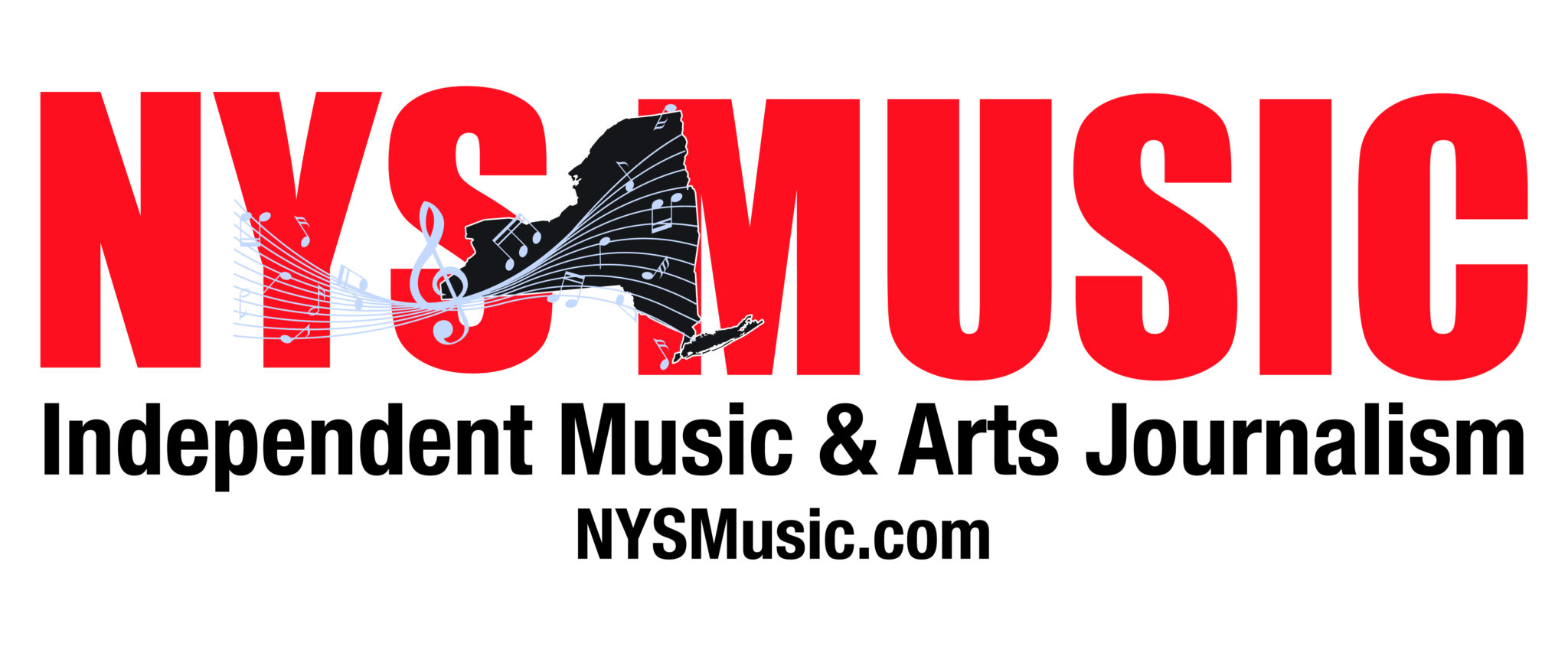For some fans, The Allman Brothers 1971 live double-disc, At Fillmore East, was the pinnacle of the band’s career and artistry. It was the culmination of years of relentless touring, a door-to-door musical missionary work that sold fans on bandleader Duane Allman’s unique fusion of blues, rock, big band styled melodic harmony and extended jazzy improvisation into a form that, more than any other, gave birth to the still-thriving jam band idiom. While At Fillmore East remains one of rock’s most revered live albums, it was another crafted after Duane’s death, 1973’s Brothers and Sisters, which was their commercial highpoint.
With over seven million copies sold, Brothers and Sisters was their best-selling album. It was also the one that generated a level of fame that would find them swaying a Presidential election, headlining the world’s largest rock festival, ushering in the commercial juggernaut of Southern Rock and, yes, even becoming the subject of a steady stream of Hollywood tabloid fodder.

Now on its 50th Anniversary, veteran music journalist Alan Paul is chronicling the making and lasting impact of this milestone record in Brothers and Sisters: The Allman Brothers Band and The Inside Story of The Album That Defined the ‘70s. (St. Martin’s Press).
In 2015, Paul penned the definitive title on the band, the New York Times best-selling oral history, One Way Out: The Inside History of The Allman Brothers Band. He is also co-author of another comprehensive biography of an American blues master, Texas Flood: The Inside Story of Stevie Ray Vaughan.
To set the scene for this latter chapter of the band, Paul begins with a compact, pre-fame history of each of the original Allman Brothers players. There is Duane and Gregg’s early days as the Allman Joys and the underrated Hourglass, Duane’s time as a session musician and in Derek and the Dominoes and guitarist Dickey Betts’s experience pioneering dual lead and melody in the Second Coming alongside Larry “Rhino” Reinhardt. His description of Betts as “Zen Charles Bronson” is worth the cover price of the book alone. The preamble takes us up to their breakthrough days after At Fillmore East, when all should have been well but really wasn’t. The entire band, minus drummer Butch Trucks, were addicted to heroin. Duane would die in a motorcycle crash a couple of months after its release; bassist Berry Oakley would be dead by the same cause a year later.
Paul’s book captures the Allmans at a time of uncertainty — of rebuilding a band and a shifting in their creative power balance. The addition of young Chuck Leavell on keys and Lamar Williams on bass would help usher in a new style, in studio and on the stage. Williams would bring more of a solid groove to the rhythm section, one propelled with a pick made from a Clorox bottle by the seasoned bassist (my favorite bit of weird trivia in the book). Twenty-one-year-old Leavell would add a depth of harmony, honky tonk swing and a new, virtuoso lead voice to complement the Allman’s new, one guitar lineup.
That one guitarist, Dickey Betts, would emerge from Duane’s shadow to be the leader of the band during Brothers and Sisters. He would pen four of the six originals on the disc, including “Ramblin’ Man,” the Allman Brothers’ first and only Top Ten hit. The tune would feature one of late bassist Berry Oakley’s final contributions and harmony guitar by Les Dudek. The author also shares how Betts, unhappy with the tempo, asked for the song to be speedup, then changed his mind. In a mix up, the speed up version was released, with Betts’s voice in a higher than wanted range, infuriating the mercurial guitarist. This tune ushered in an old school country feel to the Allmans’ sound and even spurred a mighty accolade from Bob Dylan who called it “one of the best songs ever written.” Guitarist Dudek would also be featured on another Betts’ standout from the album, “Jessica,” a tune the author adds was written as an exercise inspired by the work of two-fingered jazz great Django Reinhardt.
One reason Betts assumed leadership was Gregg Allman’s dividing his time between recording Brothers and Sisters and his first solo disc, Laid Back. Here, Paul delves into Gregg’s love of Laurel County folksingers, his own desire to be viewed a part of the creative community of his onetime roommate in L.A., Jackson Browne.
Paul’s book provides a balanced perspective on Phil Walden, the man who served as both manager and record company for the band through his Capricorn Records. Walden would have an up then way down history with the band and would, via their success, build an empire largely around Southern rockers like The Marshall Tucker Band, Charlie Daniels and others. There are some colorful descriptions of Walden’s annual Capricorn Picnic and Summer Games, which drew strange bedfellows like Andy Warhol and boxing promoter Don King to rub shoulder with the rowdy Southern rockers.

One of the more interesting chapters is how the Allman Brothers help revive the Presidential campaign of Jimmy Carter, something covered in great detail in the wonderful 2020 documentary “Jimmy Carter: Rock and Roll President.” Paul also spends a great deal of time exploring the history of The Allman Brothers’ on-going touring partnership with the Grateful Dead, something culminating with Summer Jam at Watkins Glen, the 1973 festival which attracted a world record 650,000 attendees. For the gossip minded, there’s a detailed look at the star-crossed union of Gregg and Cher, a relationship which, like the band itself, was severely compromised by Allman’s addictions. Another factor compromising the band was guitarist Betts’ dependence of cocaine and alcohol, something which made his stage performances, and the bands, more unpredictable as time passed. By 2000, Betts would be out of the band for good and The Allman Brothers would never play “Ramblin’ Man” again.
Like his earlier book on the Allmans, Paul’s latest is an honest and very in-depth assessment of the most commercially vital era of the band. In creating it, Paul had access to hundreds of hours of never-before-heard interviews with the band and its confidants, including Dickey Betts and Gregg Allman, from ABB archivist Kirk West.
Paul will be supporting the launch of the book with a variety of events around the country featuring a reading, Q&A and performance by his band, Friend of the Brothers. Paul ensemble will feature former members of Dickey Betts’ Great Southern, Jaimoe’s Jassz Band and the Phil Lesh Band and special guests including Duane Betts. The lineup includes a July 30 events at New York’s City Winery and August 4 and 5 at Daryl’s House in Pawling, New York.


Comments are closed.